Variegated Dappled Willow Tree – Salix Integra ‘Hakuro Nishiki’ – 5 Gallon Pot
$149.97 Original price was: $149.97.$97.99Current price is: $97.99.
SKU: D2LSC 0354463802 Category: TREES
- Buy quality, buy with us.
- Your Security is Our Promise
- Sustainable materials, for a better tomorrow.
- SSL encryption, absolutely safe shopping

Note: If you are looking for the Bush-form Variegated Dappled Willow click here.
‘Hakuro Nishiki’ Dappled Willow Tree
Salix integra ‘Hakuro Nishiki’
Plant Details
USDA Plant Hardiness Zones: 4a-9 Find Your Zone
Plant Type: Deciduous Tree Form Shrub
Height at Maturity: 6-10′ depending on pruning
Width at Maturity: 5-7′ depending on pruning
Spacing: We recommend using as a specimen or small groups with plants spaced at least 6′
Flower Color: Yellow
Flower Size: 1″
Flowering Period: Early Spring
Flower Type: Catkins
Fragrant Flowers: No
Foliage Color: Pink, White and Green
Fragrant Foliage: No
Berries: No
Berry Color: NA
Sun Needs: Full Sun to Part Shade
Water Needs: Average,
Soil Type: Clay (amended), Loam, Sand (amended), Silt
Soil Moisture / Drainage: Well Drained Moist
Soil pH: 6.0 – 8.0 (Moderately Acid to Moderately Alkaline)
Maintenance / Care: Low to Average
Attracts: Visual Attention
Resistances: Deer, Erosion, Wet Soil, Black Walnut
Description
‘Hakuro Nishiki’ is one of two popular cultivars of the Dappled Willow, Salix integra. The other is Salix integra ‘Flamingo’. We can’t tell much of a difference between the two cultivars. Both produce outstanding variegated white, pink and green leaves in spring that mature to green and white during summer. During the winter, the red branches of ‘Hakuro Nishiki’ offer good winter color, similar to those on red-twig dogwood, but so does ‘Flamingo’. Like its cousin, the ‘Hakuro Nishiki’ Dappled Willow Tree is very fast-growing and prefers consistently moist soils. This tree form specimen grows from 6 to 10 feet tall depending on pruning. Dappled Willow responds well to shearing, which during the growing season encourages new growth with the tricolor variegation. An eye-catching specimen in the landscape!
Landscape & Garden Uses
While we offer this plant in shrub form, we also offer it in a single-trunk tree, which makes for an outstanding specimen in the landscape. That said, supply is limited. These trees are grafted to a compatible, strong and straight growing, upright willow trunk. Its smaller size makes it a perfect fit for smaller landscapes or garden spaces. The beautiful foliage is best set off against a dark background or around shrubs with dark foliage color. For a striking display, plant beside, in front of or behind deep purple foliage plants such as a dwarf Loropetalum. The tree form Dappled Willow is an excellent choice for a specimen plant in an open space or near a water feature. They will thrive in low areas that are generally more moist. It will also do well in a large container.
Growing Preferences
The Dappled Willow is easy to grow in wide range of soils. It prefers a consistently moist but well-drained soil of average fertility. That said, established plants will tolerate dry periods much better than other willow species. It will tolerate clay soil but we recommend amending with organic matter such as compost or a planting mix. It likes full to mostly sun in zones 5a-7a, but will appreciate some shade or filtered sun during the hottest afternoon hours in zones further south. No pruning is necessary however the plant responds well to light pruning and shearing during the active growing season, which stimulates more pink new growth. Cease pruning two months prior to the average first-frost date in your area. Heavy pruning to reduce the size of the canopy should be done while the plant is dormant, in either early winter or very early spring before catkins any new leaves appear.
Plant Long & Prosper!
Meet The Wilson Brothers & Staff
Questions? Contact Us
Be the first to review “Variegated Dappled Willow Tree – Salix Integra ‘Hakuro Nishiki’ – 5 Gallon Pot” Cancel reply
Related products
Sale!
Magnolia Trees
Sale!
Sale!
Sale!
Sale!
Sale!
Sale!
Sale!





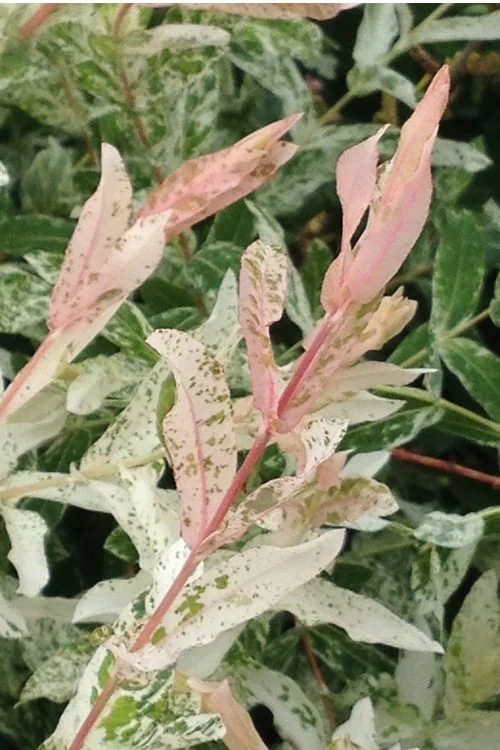
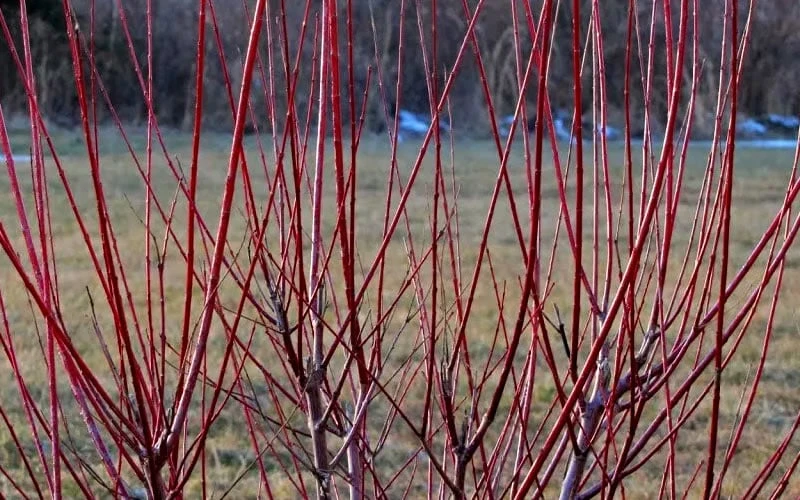
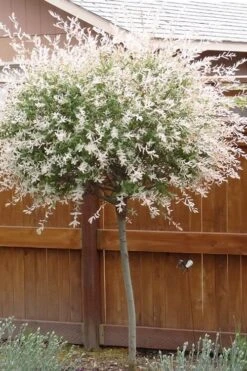
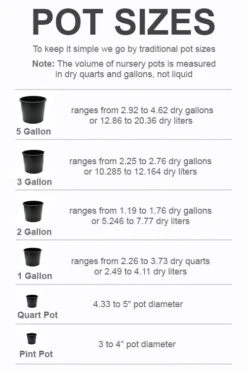

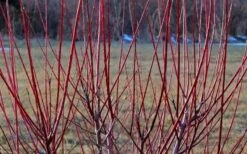






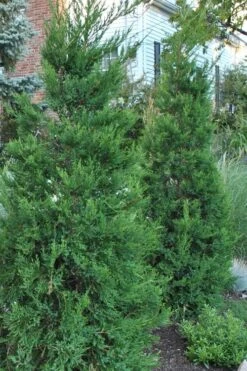
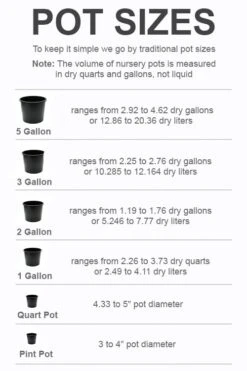
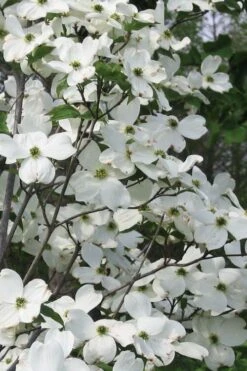


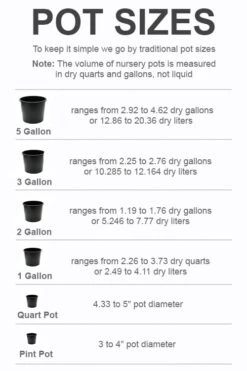


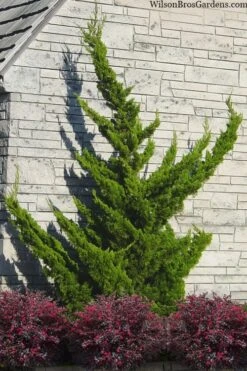

Reviews
There are no reviews yet.